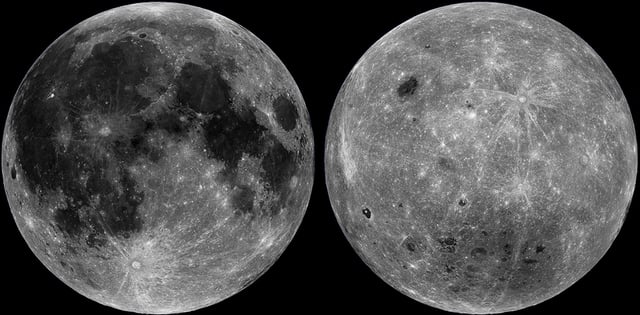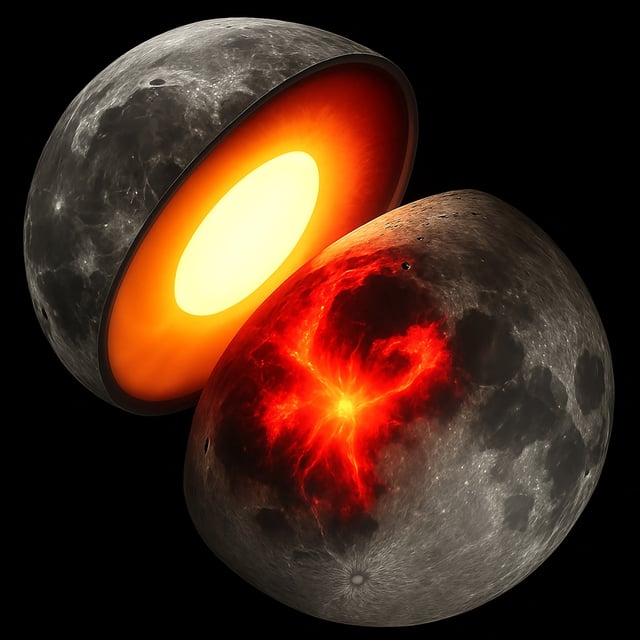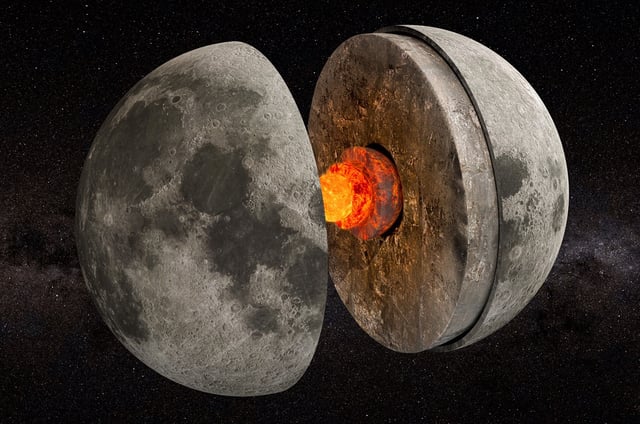Overview
- NASA's GRAIL mission produced the most detailed lunar gravity map to date, revealing structural and thermal differences between the Moon's nearside and farside.
- The nearside mantle is 180–360°F warmer and 2–3% more deformable than the farside, attributed to radioactive elements like thorium and titanium.
- Ancient volcanic activity on the nearside concentrated heat-generating elements, shaping its surface and potentially influencing deep moonquake patterns.
- The tidal tomography technique used in this study offers a non-lander method for investigating planetary interiors, now applied to asteroid Vesta and potentially other celestial bodies.
- These findings enhance lunar navigation systems critical for future missions and expand our understanding of planetary differentiation across the solar system.


